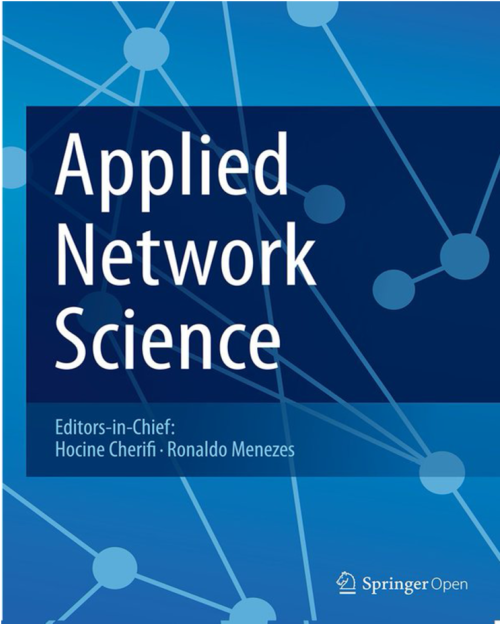Impact of network centrality and income on slowing infection spread

Very glad to share our new paper, this one led by Shiv Yücel, in collaboration with Pedro Peixoto, and Chico Camargo. In case you’d like a pocket version of the paper, early last year Chico posted a really nice thread on Twitter summarizing some of the key contributions and findings of the paper. The paper is open access.
- Yücel, S.G., Pereira, R.H.M., Peixoto, P.S. et al. Impact of network centrality and income on slowing infection spread after outbreaks. Applied Network Scince. 8, 16 (2023). https://doi.org/10.1007/s41109-023-00540-z
Abstract:
The COVID-19 pandemic has shed light on how the spread of infectious diseases worldwide are importantly shaped by both human mobility networks and socio-economic factors. However, few studies look at how both socio-economic conditions and the complex network properties of human mobility patterns interact, and how they influence outbreaks together. We introduce a novel methodology, called the Infection Delay Model, to calculate how the arrival time of an infection varies geographically, considering both effective distance-based metrics and differences in regions’ capacity to isolate—a feature associated with socio-economic inequalities. To illustrate an application of the Infection Delay Model, this paper integrates household travel survey data with cell phone mobility data from the São Paulo metropolitan region to assess the effectiveness of lockdowns to slow the spread of COVID-19. Rather than operating under the assumption that the next pandemic will begin in the same region as the last, the model estimates infection delays under every possible outbreak scenario, allowing for generalizable insights into the effectiveness of interventions to delay a region’s first case. The model sheds light on how the effectiveness of lockdowns to slow the spread of disease is influenced by the interaction of mobility networks and socio-economic levels. We find that a negative relationship emerges between network centrality and the infection delay after a lockdown, irrespective of income. Furthermore, for regions across all income and centrality levels, outbreaks starting in less central locations were more effectively slowed by a lockdown. Using the Infection Delay Model, this paper identifies and quantifies a new dimension of disease risk faced by those most central in a mobility network.